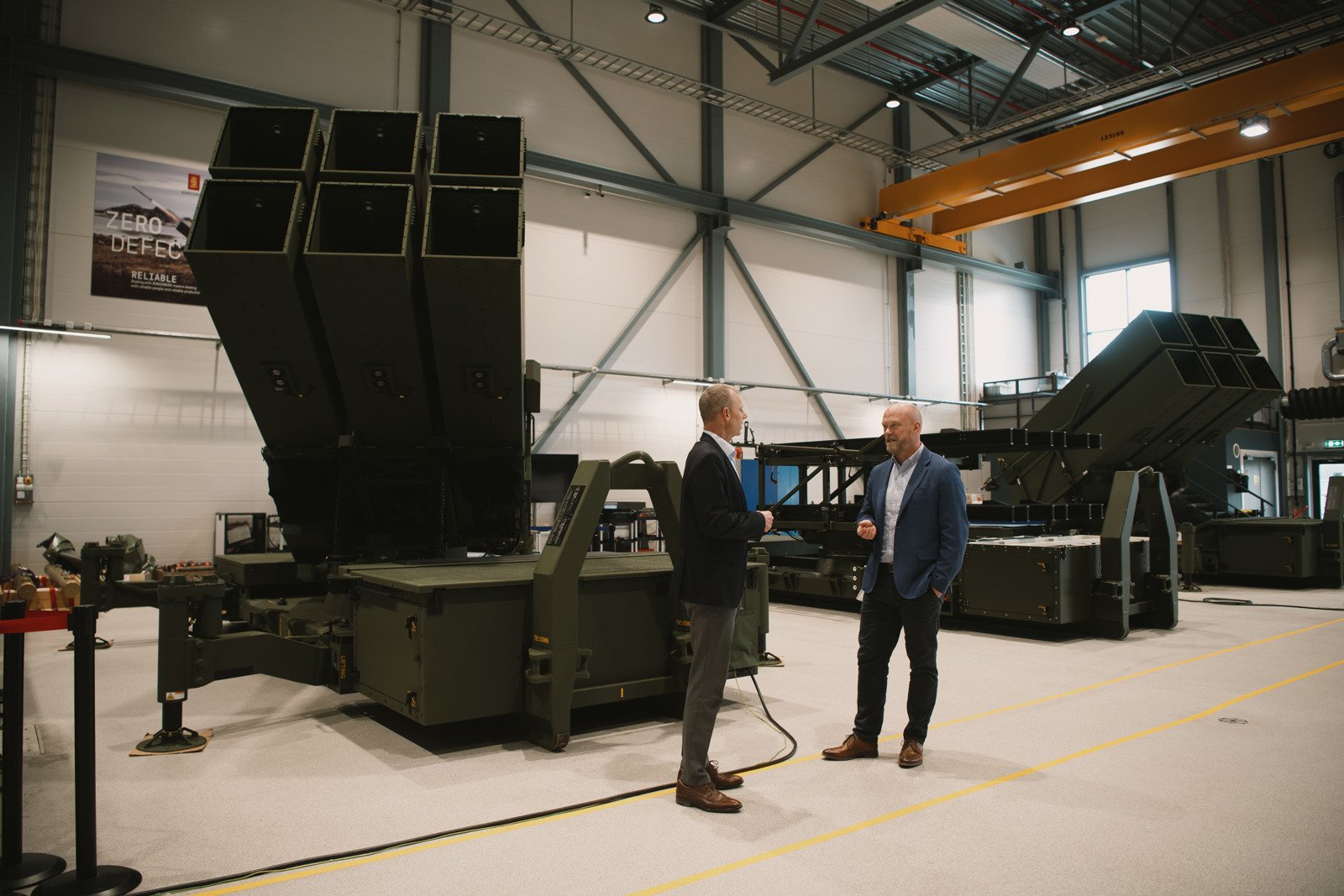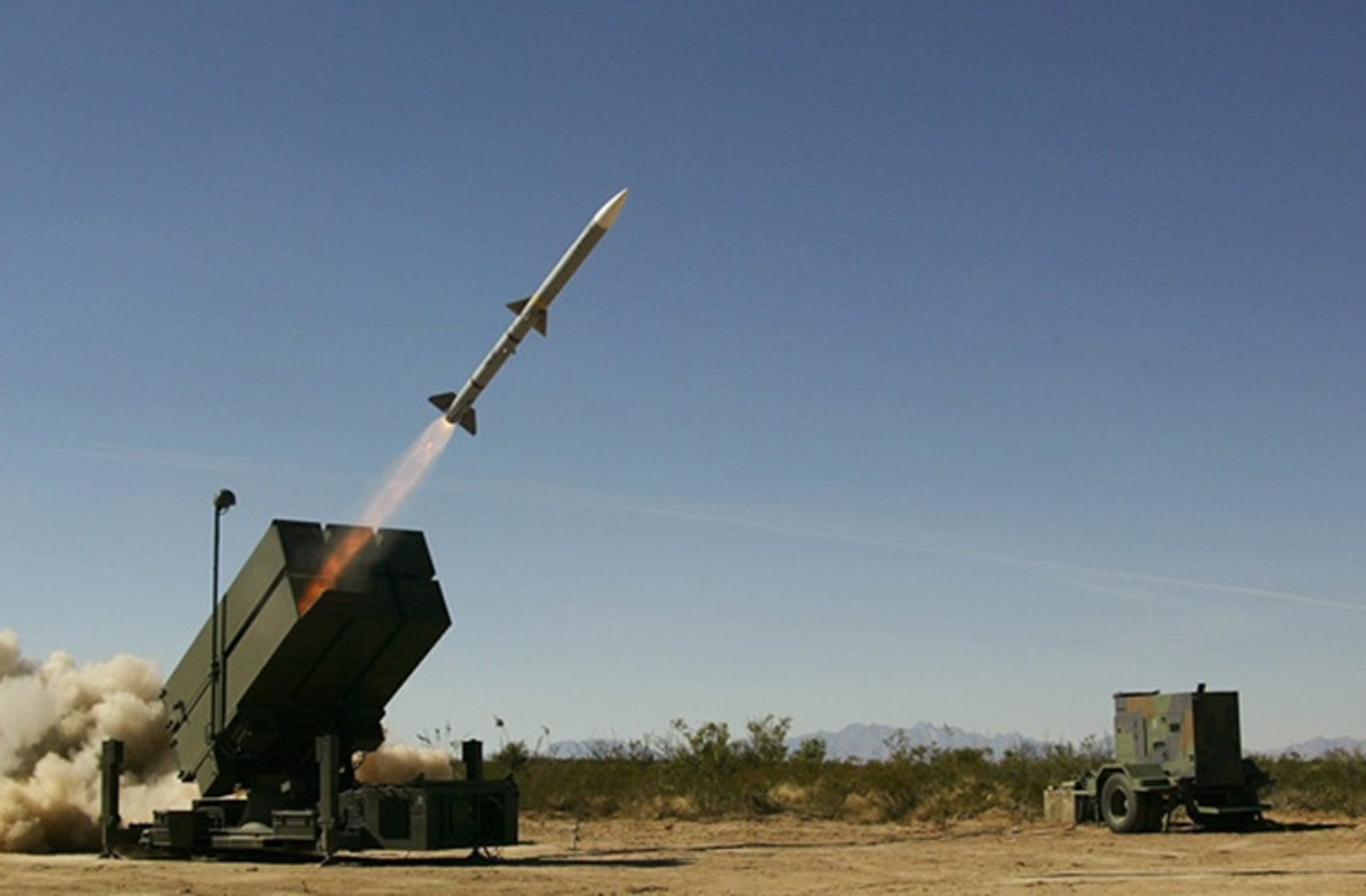A group of low-flying drones and missiles are rapidly approaching the outskirts of the city. Using a high-technology radar, the objects are detected.
At the same time, a tactical ballistic missile is detected and identified from above.
These threats are invisible to the naked eye – but not to the systems designed to protect.
Full Spectrum Air Defence – the future of integrated airspace protection
A layered, integrated air defence system where components share critical information within milliseconds, the system recommending operator actions, and operators respond within seconds. This is the essence of Full Spectrum Air Defence (FSAD) – a comprehensive solution that brings together technology and capabilities to counter the full spectrum of aerial threats and protect people, infrastructure, society, and military forces.









